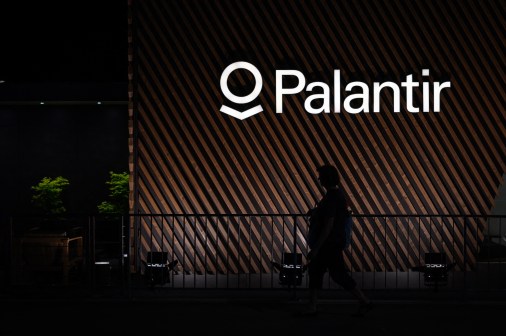AI bot developed to help Defense Department write contracts faster

The Pentagon’s Chief Digital and AI Office has developed a new tool that could ultimately help Defense Department components write contracts using artificial intelligence and speed up the acquisition process.
The “Acqbot” prototype is part of the CDAO’s Tradewind initiative.
“Speed to contract in my functional lane is extremely important. And I think it’s going to be a differentiator in whatever cyber wars are going to happen in the next couple [or] few years,” Bonnie Evangelista, Tradewind execution lead, said at the ATARC federal IT modernization summit on Wednesday. “We’re working on a prototype, it’s an AI-powered contract writing capability. So we have a working prototype … We want to see if we can break the mold and break the glass ceiling from an acquisition perspective.”
The aim is to accelerate workflows to help get emerging technology into the hands of service members faster.
“We’re asking questions like, can an AI or can a bot write a contract? Like, is that possible?” she said. “Can vendors write proposals on their phones? … Those are like big, bold statements and those are the things that like from a practitioners’ perspective and contracting — those are the things we’re considering.”
The prototype can help generate text, similar to the way ChatGPT operates, according to Evangelista. However, as the Defense Department experiments with the technology for contract writing, there’s still a person in the loop.
“There’s a human reviewing and validating the text at every point in the process. But the tool is going to help generate certain text to help inform your problem statement. And then that’s just the beginning of the workflow,” she explained. “We have the workflow going all the way from problem statement to helping to generate what we call ‘the call to industry.’” The hope is that industry can also “respond in that workflow” and the AI can generate the contract.
The CDAO is working to train the model to create problem statements based on descriptive inputs.
“I don’t think it’s gonna take a massive amount of data to nuance or train the model. But I will say that we don’t expect, you know, we don’t expect glory overnight,” Evangelista said. “This is something where we’re hoping if we can continue to prove the concept and then create a demand or a demand signal for this type of tool, that’s where we can make it optimize the technology … [and] we’ve given it a chance to be enduring.”






